Comparing Underbalanced Drilling and Managed Pressure Drilling
As the oil and gas industry continues to evolve, advanced drilling technologies are being adopted to improve efficiency, safety, and environmental compliance. Among these methods, underbalanced drilling and managed pressure drilling are two prominent techniques used to optimize well control and reservoir performance. This article compares these two methods while exploring how petroleum drilling simulation can play a role in their application.
What is Underbalanced Drilling
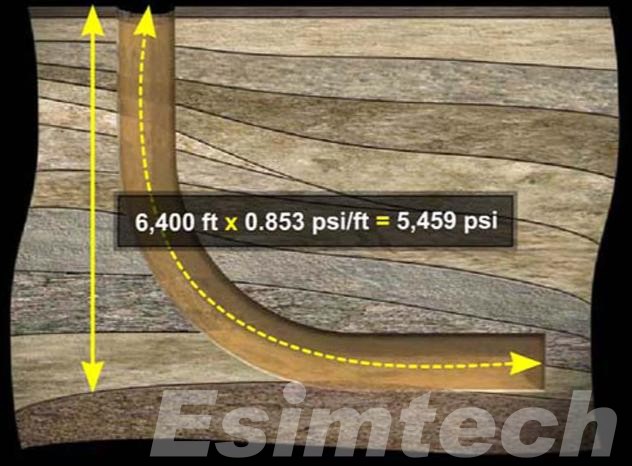
In underbalanced drilling (UBD), the pressure exerted by the drilling fluid in the wellbore is intentionally maintained below the pressure in the surrounding reservoir. This difference allows formation fluids (such as oil, gas or water) to flow into the wellbore during the drilling process, creating a unique set of operating conditions that distinguish UBD from traditional drilling methods.
The core objectives
- Preserving Reservoir Integrity: Underbalanced drilling (UBD) helps protect the wellbore by maintaining pressure lower than the formation pressure, reducing the risk of formation damage. In contrast, conventional overbalanced drilling can force drilling fluids into reservoir pores, which can decrease permeability and hinder hydrocarbon recovery. UBD avoids this issue by preventing excessive pressure and maintaining a more balanced approach.
- Enhancing Productivity: The influx of formation fluids during UBD provides real-time insights into key reservoir characteristics such as pressure, permeability, and fluid composition. This valuable data enables operators to adjust their drilling strategies in real time, optimizing hydrocarbon extraction.
- Key Operational Aspects:UBD typically uses specialized drilling fluids, such as aerated mud, nitrogen, or foam, which are lighter than conventional drilling fluids. These fluids are carefully controlled to sustain the underbalanced condition. Advanced equipment, including rotating control devices (RCDs) and multiphase separators, is essential for safely managing the influx of formation fluids during the process.
UBD is particularly effective in challenging environments, such as low-pressure reservoirs, depleted fields, and unconventional plays, where avoiding formation damage is crucial. However, UBD does require specialized equipment, including rotating control devices (RCDs), to safely manage the influx of hydrocarbons and prevent blowouts. Furthermore, it demands careful monitoring and skilled personnel to ensure that the well control is maintained throughout the operation.
What is Managed Pressure Drilling
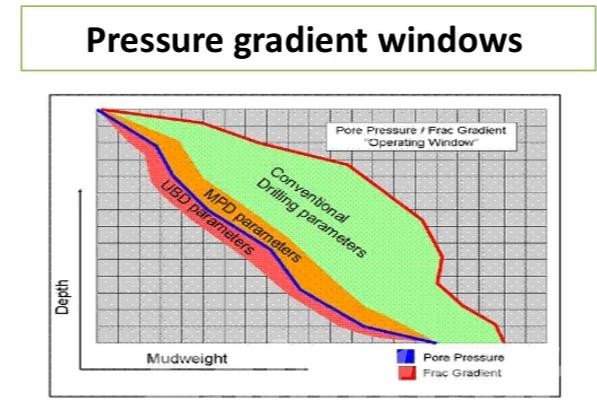
Managed Pressure Drilling (MPD) is a drilling technique used to precisely control the wellbore pressure profile throughout the drilling process. Unlike traditional drilling methods that rely on static mud weights to balance the pressure, MPD allows real-time adjustments to be made, ensuring that the pressure within the wellbore stays within the narrow margin between the formation pressure and the fracture pressure. This dynamic control helps prevent problems such as kick events, lost circulation, and blowouts, while maintaining the efficiency of the drilling operation.
Key Characteristics of MPD
- Real-time Pressure Control: MPD involves continuously adjusting the backpressure on the wellbore through a closed-loop system to manage wellbore pressure and keep it within a safe range.
- Narrow Pressure Windows: MPD is particularly effective in wells with a small margin between the formation pressure and fracture pressure, such as deepwater, high-pressure, and high-temperature (HPHT) environments.
- Advanced Equipment: The technique uses specialized equipment like backpressure pumps, rotating control devices (RCDs), and automated pressure control systems that allow for precise pressure management.
- Minimized Risks: MPD significantly reduces the risks of influxes of formation fluids (kicks) and lost circulation, which can lead to costly delays and safety concerns.
- Operational Efficiency: MPD can increase drilling efficiency by reducing non-productive time (NPT) and enhancing the overall wellbore stability.
MPD is becoming increasingly popular in offshore and complex reservoir drilling, where precise pressure management is critical to ensuring the safety and success of drilling operations.
Underbalanced Drilling vs. Managed Pressure Drilling
Both UBD and MPD aim to optimize pressure control during drilling operations, but they differ in methodology, objectives, and applications.
| Aspect | Underbalanced Drilling (UBD) | Managed Pressure Drilling (MPD) |
| Pressure Management | Maintains wellbore pressure below formation pressure, allowing influx of formation fluids. | Maintains wellbore pressure close to formation pressure to avoid influx or fluid loss. |
| Primary Objective | Enhance reservoir productivity by minimizing formation damage and improving hydrocarbon recovery. | Ensure safety and optimize drilling by maintaining constant wellbore pressure to avoid kick events or losses. |
| Drilling Fluid Handling | Requires the use of aerated drilling fluids, foam, or nitrogen to manage fluid influx. | Manages conventional drilling fluids but uses closed-loop systems and automated backpressure to control pressure. |
| Benefits | Preserves reservoir integrity, prevents formation damage, and reduces sticking issues. | Improves well control, reduces risk of blowouts, and minimizes non-productive time in complex wells. |
| Challenges | Managing influx safely; increased complexity due to real-time formation fluid influx. | Requires sophisticated equipment and experienced personnel to manage real-time pressure adjustments. |
| Applications | Best suited for depleted, unconventional, or low-pressure reservoirs where formation fluid influx can be beneficial. | Commonly used in offshore wells, high-pressure environments, and reservoirs with narrow pressure windows. |
| Operational Complexity | Higher complexity due to managing multiphase flow and influx. | Moderate complexity with advanced monitoring and automation systems for real-time pressure adjustments. |
While Underbalanced Drilling (UBD) focuses on allowing formation fluids to enter the wellbore to improve reservoir recovery, Managed Pressure Drilling (MPD) aims to precisely control wellbore pressure to optimize well control and prevent fluid influxes or losses. UBD is ideal for reservoirs where protecting formation integrity is critical, while MPD is best suited for complex, high-risk drilling environments that require real-time pressure management. Both techniques are major advancements in drilling technology, and the decision to use one over the other depends on the specific challenges encountered during drilling operations.
How Oil Drilling Simulation Used?
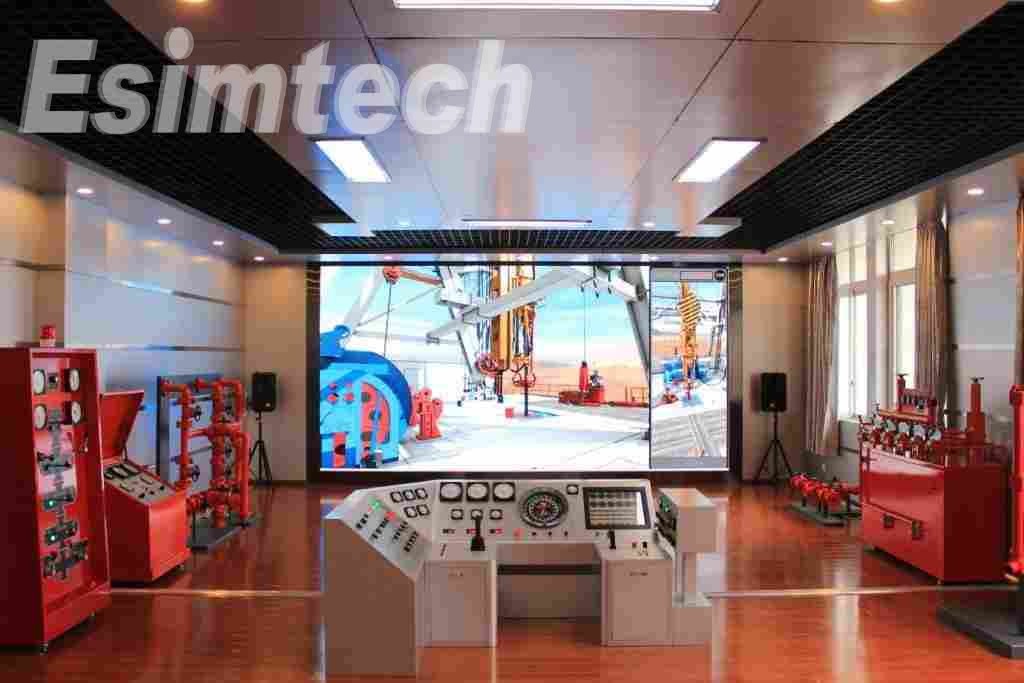
Oil drilling simulation plays a vital role in modern drilling operations, offering crucial support in both the planning and execution phases. These advanced systems allow operators to anticipate, assess, and address potential challenges before they arise, enhancing the efficiency, safety, and cost-effectiveness of drilling projects. Below is an overview of how oil drilling simulations are utilized throughout various stages of drilling, especially for advanced techniques like Underbalanced Drilling (UBD) and Managed Pressure Drilling (MPD):
Training and Skill Development
One of the primary applications of oil drilling simulations is operator training. Simulators recreate real-world drilling environments, providing operators with hands-on experience in a controlled, risk-free setting.
- Simulating Drilling Scenarios: These simulations can replicate a wide range of wellbore conditions, from typical situations to extreme events such as well kicks, blowouts, or stuck pipe incidents. Operators can practice their responses in a virtual environment, eliminating the risks associated with real-world scenarios.
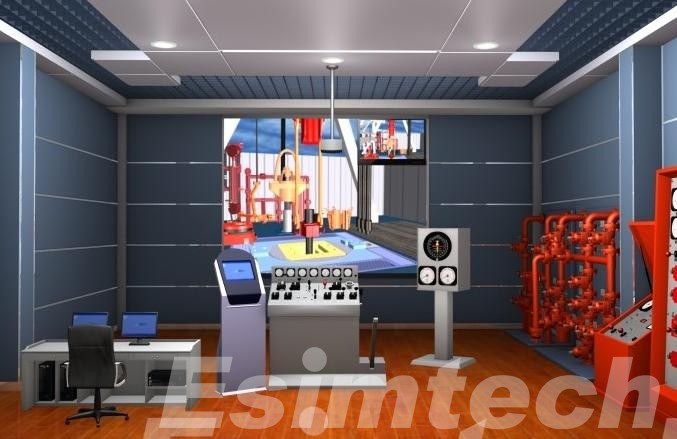
- Enhancing Decision-Making: Trainees learn to identify early warning signs of issues like influxes, fluid losses, or abnormal pressure fluctuations. They are trained to make quick, accurate decisions to prevent catastrophic outcomes, thereby reducing human error during live operations.
- Familiarizing with Advanced Equipment: Techniques like Underbalanced Drilling (UBD) and Managed Pressure Drilling (MPD) require specialized tools, such as rotating control devices (RCDs), backpressure pumps, and automated pressure management systems. Simulators enable operators to become proficient with these tools and their functions before they are used in actual drilling operations.
Equipment Testing and Validation
Simulating the performance of equipment is another critical use of oil drilling simulation. In both UBD and MPD, operators depend on specialized tools and systems to control pressure and manage fluid flow. These include:
- Rotating Control Devices (RCDs): Used in UBD to safely manage the influx of formation fluids into the wellbore.
- Blowout Preventers (BOPs): Critical for preventing blowouts by sealing the wellbore in emergencies.
- Backpressure Control Systems: Integral to MPD, these systems dynamically adjust pressure by managing flow rates and maintaining a stable mud column.
Simulation allows engineers to test these tools under a variety of conditions, ensuring they perform as expected before deployment. For example, by simulating different influx scenarios, engineers can observe how the RCD responds to varying pressure conditions and determine if any adjustments need to be made. Similarly, MPD systems can be tested to assess the impact of different backpressure levels on drilling efficiency and safety.
Planning and Risk Assessment
Before drilling a well, extensive planning is required to ensure operational success and mitigate risks. Oil drilling simulations help operators plan the drilling process by allowing them to simulate the entire well construction process under different conditions. By doing so, they can anticipate potential challenges, optimize drilling parameters, and prepare contingency plans.
- Scenario Testing: Simulations enable teams to evaluate various drilling strategies and determine the most effective approach. For instance, in Underbalanced Drilling (UBD), operators can simulate different underbalanced pressures to find the safest and most efficient levels for maximizing hydrocarbon production while minimizing formation damage.
- Risk Identification: During the planning stage, simulations help pinpoint potential risks, such as kick events (influx of formation fluids into the wellbore) or lost circulation (loss of drilling fluid into the formation). Identifying these risks early allows teams to proactively adjust the drilling plan or prepare specialized equipment to mitigate them.
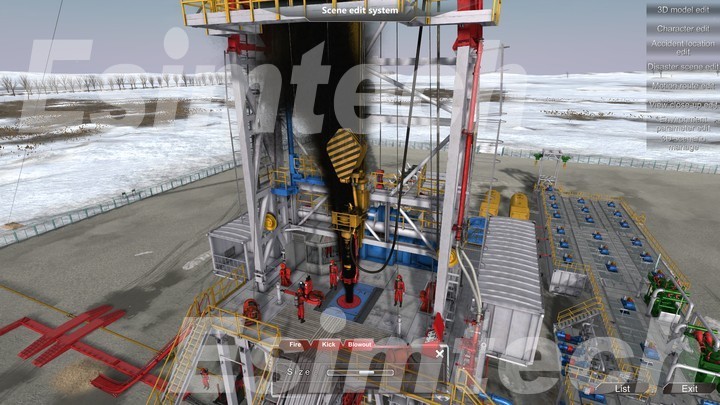
- Well Design Optimization: In both UBD and Managed Pressure Drilling (MPD), simulating pressure profiles, mud weights, and flow rates helps engineers optimize well design and avoid issues like wellbore instability, differential sticking, or gas migration. Testing different designs in a virtual environment allows operators to identify and address potential problems before they occur, preventing costly mistakes during actual drilling.
Oil drilling simulations are essential for training, planning, equipment testing, real-time decision-making, and post-operation analysis. They help operators familiarize themselves with complex systems, optimize drilling strategies, and identify risks before actual operations. Simulations test equipment performance, predict outcomes in real-time, and offer corrective actions for any issues, improving overall safety and efficiency.
Underbalanced Drilling (UBD) and Managed Pressure Drilling (MPD) are advanced techniques that enhance drilling performance and safety. Oil drilling simulations are crucial in optimizing both methods, supporting training, planning, and decision-making throughout operations. These tools contribute to safer, more efficient, and cost-effective drilling processes.
